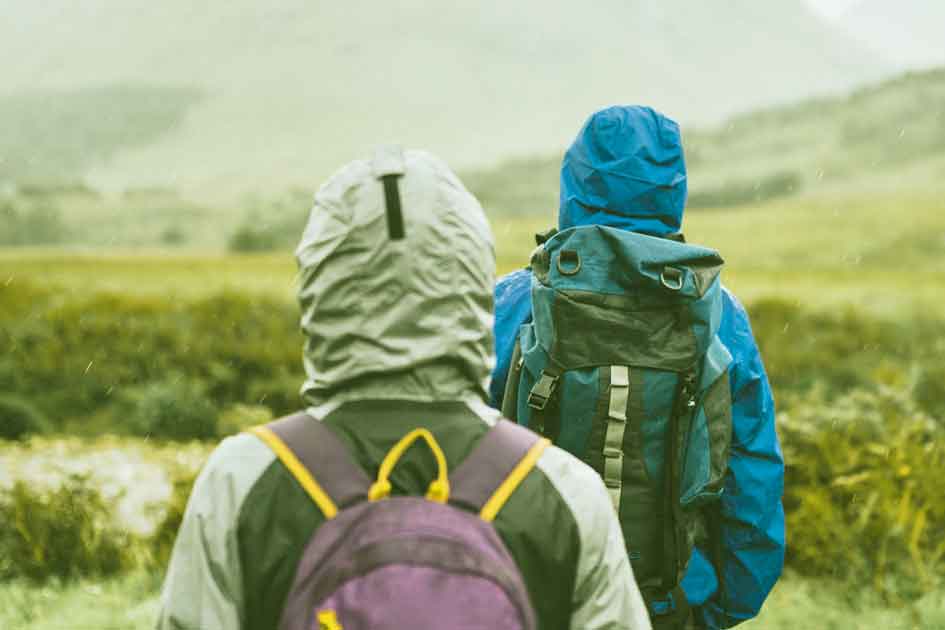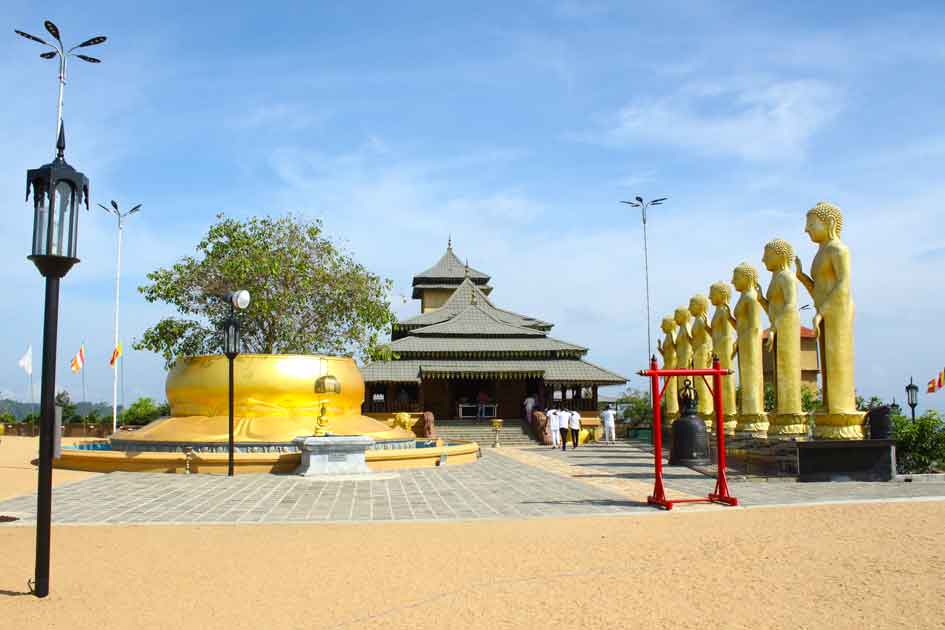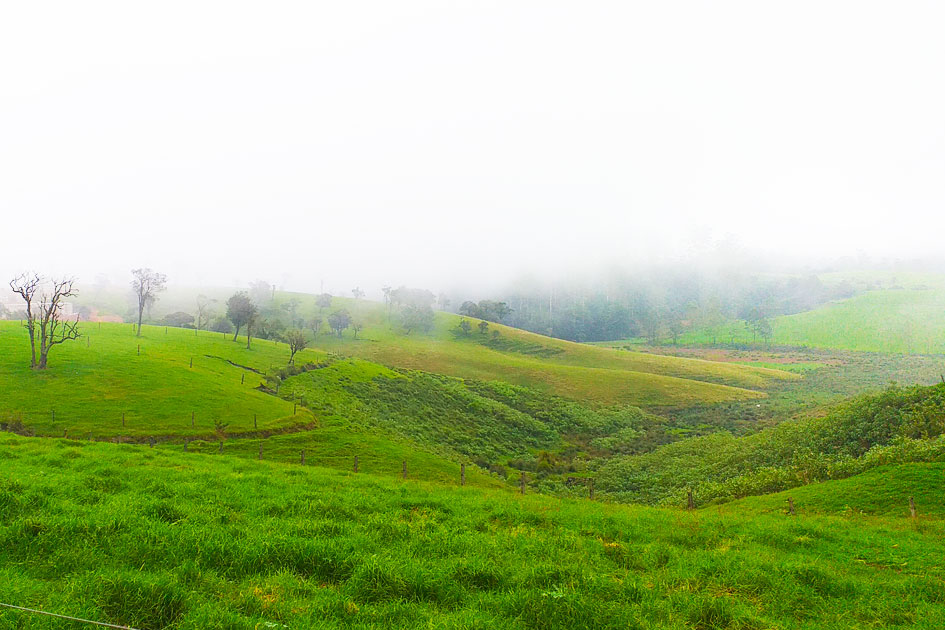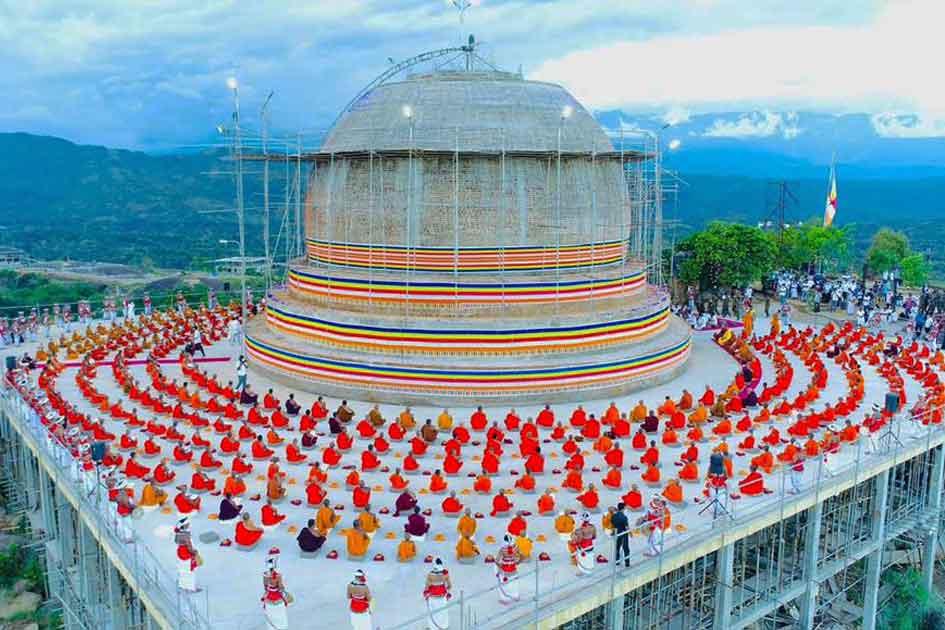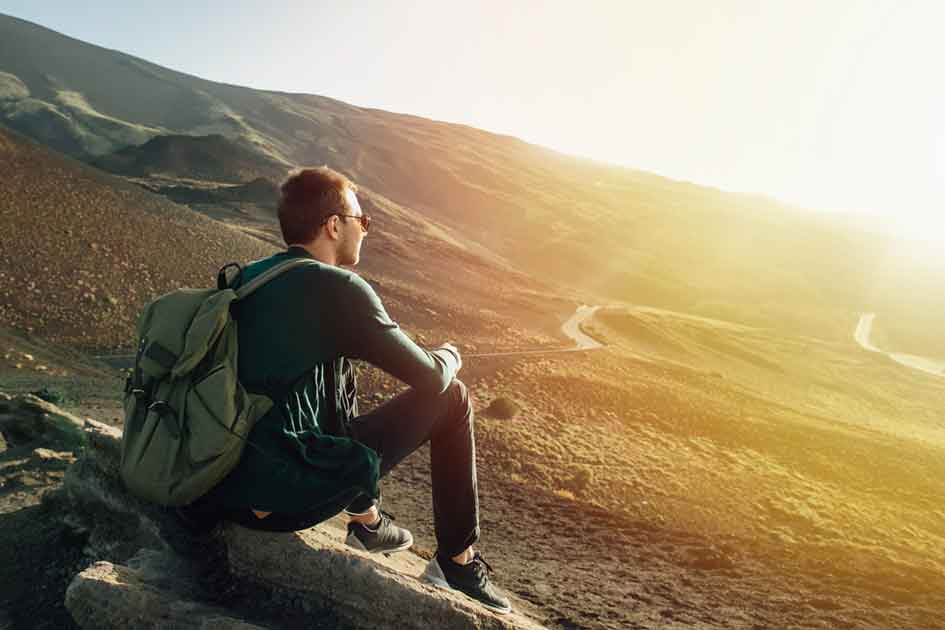Hiking Tips and Tricks for Beginners
Hiking is a fantastic way to spend time with friends and family while enjoying the beautiful outdoors. Hiking allows you to discover parts of nature that highways do not allow you to see. Leave your concerns about time, job, and other pressures at the door and rediscover your sense of wonder. Nothing beats interacting with friends or loved ones on a wilderness adventure.
If you've never hiked before, the thought may frighten you. You may be afraid that you aren't in good enough shape to go trekking. Maybe you're afraid about being lost and not being able to find your way back. There is a trek for everyone out there, so don't worry. Hiking is not a sprint to the finish line, but rather a low-impact activity in which you may enjoy excellent company while immersing yourself in nature's splendor.
Hiking also has several health benefits, such as aiding with weight control and stress reduction. Physical activity also reduces the risk of heart disease, hypertension, and diabetes. You're making a good option for your overall health if you're ready to start hiking. Furthermore, getting started is simpler than you would think.
This book will teach you all you need to know to get started hiking, from packing necessities to how to prepare for a day trip. With a little forethought, you may enjoy a safe, comfortable, and enjoyable trek.
When you have the appropriate gear and a positive attitude, hiking can be a breeze. The first step is to know what to carry so that you may feel fantastic all day and maintain your energy levels.
01. What to pack for your First Hiking
A short hike does not need a large amount of packing. After all, you'll be carrying everything on your trip, so the lighter you pack, the better. If you plan on hiking all day, you will need a few basic goods.
Here's a hiking gear list to help you plan your trip:
Navigation Tools
Bring a map, compass, or GPS device with you on your hiking excursion. You'll need to know where you are and where you're going consistently, however you'll likewise need to know where the entirety of the campsites, water supplies, crisis exits, and rest stops are. Even if you have a GPS as a backup, the American Hiking Society suggests taking a map or compass. When you know what to expect, you can better arrange other aspects and enjoy the trek without fear of getting lost.
Adequate Water
Perhaps the most crucial item on your hiking gear list is water. Your body cannot operate effectively if it is dehydrated. Hydrate before your trek and consume lots of fluids throughout the day. Whether it's cold or hot outdoors, a reliable water supply should always be a top consideration.
Adequate Food
You want your hiking adventure to be as enjoyable as possible, and everyone is happier when their tummies are full. Bring extra food with you so that you and your hiking buddies may enjoy lengthy periods by a mountain stream.
Clothing and Rain Protection
Sometimes, no matter how carefully you plan, the weather turns out to be wrong. You can't always foresee a sudden storm or rain shower, but you can prepare for it. To overcome this issue, bring a lightweight poncho or dress in layers so you can readily adjust to temperature fluctuations.
Items for Safety
If you're hiking a simple, well-maintained route with a lot of foot traffic, you might not be as concerned about safety. Whatever you expect your trip to be like, you should pack a firestarter, a lantern, and a whistle in your safety kit to be prepared for anything. A fire can signal for aid and keep you warm, a whistle can summon rescue, and a flashlight can help you navigate in the dark.
First Aid Kit
Make your first-aid kit, complete with blister treatment, tape, bandages, gauze pads, antibiotic ointment, and any medications you or your companions may require.
Knife or Multi-Purpose Tool
Another trekking need is a knife or multi-purpose tool. You never know when you'll need to cut cloth for bandages or open a difficult box of trail mix. A knife can also be handy for starting a fire.
Sun Protection
Bring sunscreen and sunglasses to protect your skin from sunburn and ultraviolet (UV) rays. Use a broad-spectrum sunscreen with an SPF of 15 or higher, as well as sunglasses that give 99 to 100 percent UVA and UVB protection. Hike on shaded trails between 10 a.m. and 4 p.m. when the sun is shining brightly, and utilize mornings for open-area walks. Reapply sunscreen every two hours or more if you sweat a lot.
Backpack
Choose a pack that is comfortable for you and won't put too much strain on your back and shoulders. At all times, wear both shoulder straps and keep the backpack close to your body and high on your back. Hiking backpacks with cushioned, adjustable hip belts are ideal since they relieve tension on your shoulders and back.
Trash Bag
Bring a trash bag with you to help maintain the trails you hike attractive, clean, and garbage-free. A zipped plastic bag is ideal for keeping wrappers and other garbage contained until you return. Make sure to assist younger hikers in properly disposing of their garbage.
Bug Spray
Ticks, honey bees, bugs, and mosquitoes are only a couple of the creepy crawlies you might meet on your trip, contingent upon where you travel, the hour of the day, and the season. In any case, you don't need to allow these disturbances to destroy a superb climb. In bug-plagued areas, DEET creepy crawly repellent can be utilized. Make cautious to reapply routinely. DEET isn't ok for small kids, so pick another option, for example, citronella splash.
Toiletries
If you intend to trek far from public bathrooms, carry toilet paper, hand sanitizer, trash bags, and any other essentials for bathroom breaks.
02. What to Wear Hiking
What you wear on your trek will have a big influence on how much fun you have. The incorrect footwear might result in painful feet and a short trip. On a hot day, thick pants might be unpleasant, but shorts do not offer the best protection from skin-irritating plants and insects. Here are some suggestions on what to dress for the most pleasant hiking experience.
What Pant to Wear Hiking
The finest hiking trousers are ones that are breathable and keep you cool or warm depending on the climate. Above all, wear pants that are both comfy and fashionable. For these reasons, it is recommended to avoid trekking in denim. Your favorite pair of jeans may be great for a quick, casual walk, but they might be unpleasant for longer excursions. Jeans alone will not keep you warm in the winter, and they collect water and dry slowly in the summer. Furthermore, they will make you hot, and the thick seams may cause skin irritation.
The secret to staying warm in the cold is to dress in layers. You may wear leggings or long underwear underneath a pair of wicking hiking pants to keep you dry and comfy.
If you're going for a summer hike in the woods, avoid wearing shorts. Wear a pair of lightweight pants instead to protect yourself from skin irritation or insect bites.
Choose the Best Hiking Shoes
Choosing the appropriate hiking shoes is essential for a good trek. How do you know which pair of shoes to wear when there are so many options? Here are a few things to think about to help you make an informed decision:
Terrain
If you expect to trek on flat ground, light hiking shoes should suffice. However, if you intend to cross difficult mountainous or snowy terrain, you might consider investing in more durable mountaineering boots. If your trek falls somewhere in the middle, hiking boots with a firm sole can withstand a variety of terrain.
Material
Synthetic fabrics, such as nylon and polyester, are breathable, simpler to break in, and lighter in weight. Split-grain leather boots are constructed of half leather and half synthetic material, making them breathable. Full-grain leather boots are more expensive and less breathable, but they are highly durable. They are perfect for experienced hikers looking to tackle tough terrain.
Cut
Low-cut boots are lightweight and appropriate for beginner hikers expecting to walk well-maintained routes, similar to running shoes. Mid-cut boots provide additional ankle support as well as protection from weeds and other path dangers. High-cut boots, on the other hand, give the most balanced and support and are perfect for hikers wanting to tackle more difficult terrain.
In general, novices are better off starting with a lighter, more comfortable pair of hiking shoes. However, after they have honed their abilities and are ready for more difficult terrain, it may be time to upgrade to heavier, more supportive footwear.
Whatever hiking shoes you pick, keep the following points in mind:
- Lace boots securely to prevent movement and blisters.
- To avoid blisters and mosquitoes, wear wool or synthetic socks.
- Before going on a trek, always break in new shoes.
- Search for shoes that provide a lot of support.
- In case of an emergency, bring a blister kit.
- Waterproof your hiking footwear if at all possible.
- Make sure your toes have enough space to wiggle around.
- Check that your boots fit tightly around the ball of your foot and that your heel does not shift.
- Try on the hiking shoes with the socks you want to use to guarantee a suitable fit.
Hiking Clothing Tips
In addition to hiking pants and hiking shoes, here are a few other clothing-related recommendations to ensure a pleasant hike:
- Layer your clothing.
- Please bring a hat.
- Wear thick socks for added protection.
- Cotton, which absorbs moisture, should be avoided.
- Wear light-colored clothing to make it easier to spot ticks and other pests.
03. What to Eat Before a Hike
Hiking or participating in any physical exercise necessitates consuming more food and water than normal. Your body needs nutrition before and throughout a trek to restore energy, as well as meals afterward to assist your muscles to recuperate. Just like you wouldn't drive a car on empty, you shouldn't put on your hiking boots unless you've eaten and drank enough.
The American Heart Association suggests eating two hours before working out. Aside from enough water to keep you hydrated, your pre-hike breakfast should include nutritious carbohydrates like:
- Toast made with whole grains
- Yogurt with a reduced fat content or that is fat-free
- Pasta made from whole grains
- Cereals made from whole grains
- Vegetables and fruits
- Rice (brown)
Although protein is frequently connected with exercise, you should avoid stocking up on saturated fats and proteins before going on a walk since they take longer to digest and may make you feel lethargic. Instead, prioritize complex carbohydrates that are simple to digest.
Protein is best taken 20 to 60 minutes after a workout or tough walk since it aids in muscle repair and growth. Just keep in mind that these are simply guidelines; the most important thing is to do what is best for you and your health.
04. What Food to Bring Hiking
You may not feel the need to drink much water as a novice hiker. Whether your trek is easy or hard, it is always a good idea to keep hydrated by drinking tiny sips of water regularly throughout your hike. Drink at least 32 ounces before hitting the trails, and pack enough to last around 16 hours of trekking.
If your hike is shorter than an hour-long, you may not need to bring food. Otherwise, consume 50 to 100 calories of carbs every half hour to keep your energy levels up. If you want to bring perishable goods, keep everything below 40°F using an ice pack.
Looking for some healthy hiking snacks? Here is a selection of lightweight, healthy, non-perishable snacks that are easy to consume while walking but also pleasant during breaks:
- Mixture of Trail Mix
- Fruit dried
- Granola bars or plain granola
- Bananas
- Nut butter, nuts, or seeds are all options
- Vegetables that have been dried or frozen
- Tortillas made from whole grains
- Dried legumes
- Cereal
05. How to Plan your First Hiking
Are you up for a hike? Are you ready for the scent of nature and the sense of fresh ground beneath your feet, the soothing sound of a babbling stream, and a world devoid of schedules, emails, and commitments? You're undoubtedly eager to be immersed in nature by this stage, but you could also be a little scared. How can you organize a hiking excursion that everyone at your party will enjoy? Where do you even begin?
Planning a hiking vacation is usually simple, especially with the amount of internet information accessible. Remember to take the following things into account, and you'll be good to go:
Finding the Trail
You won't begin your hiking experience by getting in your car and looking for a trail along the road. While there is nothing wrong with being spontaneous, it may be challenging to find the ideal path for your requirements. Instead, check online before heading out on the path. There are numerous hiking websites on the internet that provide useful information and allow you to search for trails near you. Many of them also show how easy, moderate, or tough a path is. You might even learn how long it usually takes to complete the trail, how to get there, where to park, and other useful information. To help you organize your day, look at maps of the path.
Time
Consider how much time you want to devote to your hike. Do you want a path that you can complete between brunch and a movie? Or do you want to hike from dawn to dusk? Consider how long it takes to travel to the path as well as how elevation affects timing. Add around an hour to your trekking journey for every 1000 feet of elevation gain.
Your Fitness Level
If you are new to hiking, it may be wise to take it slowly at first. You want to have a good time, so pick a path that you can handle and give yourself time to work up to more challenging terrain. Remember to consider the fitness levels of any friends or family members who intend to accompany you.
Distance
According to the Centers for Disease Control and Prevention, a brisk walking speed is 3 to 4.5 miles per hour (CDC). A leisurely walking pace is defined as anything less than 3 miles per hour. So, if you discover a six-mile-long path, it may take you around two hours to finish it if you walk quickly. Consider your comfort level in terms of distance, as well as how different types of terrain might impact your speed. Steep slopes, for example, can reduce your speed to roughly 1 mile per hour. Depending on your level of fitness, you may want to start with shorter lengths to get a sense of what you can do before committing to miles of trails.
Weather and Season
Before going on a trek, always check the weather forecast so you can dress accordingly. Plan according to the season as well. You should never hike unfamiliar routes in the dark, regardless of your ability or fitness level.
Trail Characteristics
Before beginning your trek, become acquainted with your trail. Examine maps or brochures to determine the duration, difficulty level, height, and terrain. Consider where you will park and where the bathrooms are located. You may also pick between a loop path that returns you to your starting point and a straight path that compels you to retrace your steps.
Other Hiking Tips and Tricks
A beginner's hiking path primarily necessitates the use of appropriate shoes, water, enough food, and a trekking companion. However, here are a few last pointers to remember:
- Inform someone about your trekking intentions.
- To avoid carrying too much weight, only bring what is required for a safe and pleasurable trip.
- Always pack plenty of water.
- Choose a path that you are comfortable with and allow yourself time to progress to more challenging levels.
- Hike with a friend.
- Bring your cell phone in case of an emergency, but switch it off when not in use to save battery life.
- Always stay on the designated trail.
- Stretch for five minutes before going on a trek.
Most essential, lay aside your concerns and prepare to have fun, relax, and enjoy the beautiful outdoors. Remember that you may take your time and explore at your speed - there is no rush when you're in nature. Instead, it is a chance to reconnect with friends, family, and natural beauty.
